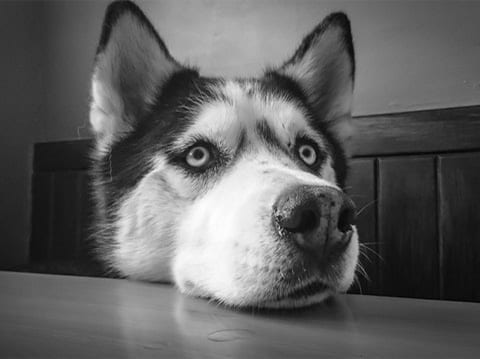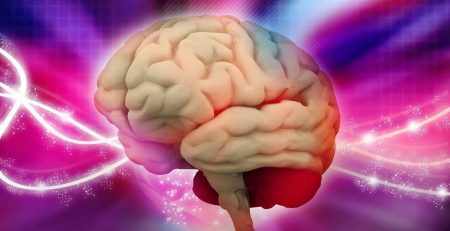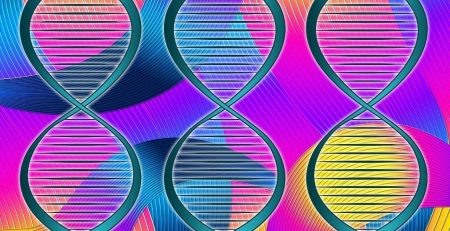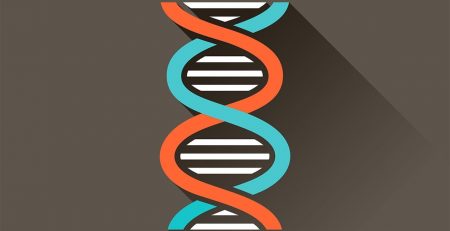“Puppy Dogs Eyes” Found to be the Result of Evolution
Whether you’ve ever owned a dog or not, there’s a look you’re probably all too familiar with; the slanted eyebrows and possibly tilted head that is used to convey everything from “adopt me” to “don’t be sad”, or what scientists have labeled “AU101: inner eyebrow raise.” It’s also the first biological evidence scientists have found that domesticated dogs might have evolved a specialized ability strictly to better communicate with humans, The Atlantic reports.
A paper recently published in Proceedings of the National Academy of Sciences outlines a study conducted by the University of Portsmouth’s Dog Cognition Centre outlines how dogs’ faces contain a special pair of muscles around their eyes that wolves lack. These muscles work together to widen and open the dog’s eyes, essentially raising their eyebrows, something leads paper author Juliane Kaminski realized dogs did more when a human paid attention to them, and less often when they were ignored or given food. “This prompts a ‘nurturing’ response in humans,” she told CNN.
“The findings suggest that expressive eyebrows in dogs may be a result of humans’ unconscious preferences that influenced selection during domestication. When dogs make the movement, it seems to elicit a strong desire in humans to look after them,” she said in a statement.
The study analyzed the facial muscles of six dogs – a mongrel, a Labrador retriever, a bloodhound, a Siberian husky, a Chihuahua, and a German shepherd – and four wild gray wolves, all of whom had died of natural causes and their bodies donated to science, National Geographic states. The team discovered the levator anguli oculi medialis, a large prominent muscle that runs along the eye’s outer edge and exposes more white of the eye making the dogs appear more human-like, in all six dogs, but it was almost completely absent in the gray wolves.
“This new study shows that these morphological changes evolved as dogs and humans have interacted over the past 20,000 years,” Brian Hare, an evolutionary anthropologist at Duke University, who was not involved in this study, told National Geographic via email. “They almost certainly did not evolve due to intentional selection, but instead gave dogs an advantage in their interactions with humans.”
Kaminski hopes to build upon this study, examining a wider variety of dog breeds, including more ancient breeds and street dogs, to further understand how these muscle changes evolved over time.














